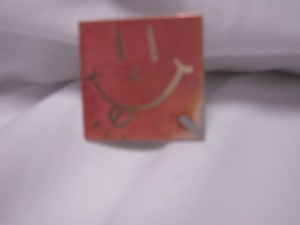
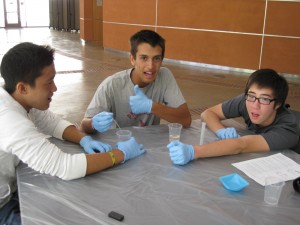
In our first lab, we made a ferrofluid. In this lab, we combined chemicals such as iron (II) chloride, iron (III) chloride, and ammonium hydroxide in order to create a black precipitate. The resulting solid is magnetite. The rest of the lab dealt with the manipulation of this solid using a magnet. If done correctly, the precipitate can be forced into “spiked” shapes. I have always
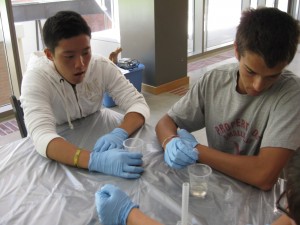
 enjoyed doing labs and was happy to be able to do one today. For me, learning becomes so much more interesting when it is interactive. Making a ferrofluid is ten times more effective than a simple lecture.
enjoyed doing labs and was happy to be able to do one today. For me, learning becomes so much more interesting when it is interactive. Making a ferrofluid is ten times more effective than a simple lecture.
Our second lab concerned photolithography. First, we each drew a design on transparent photomasks. Then, we placed them atop a square consisting of a photoresist, copper, and a circuit board. Afterwards, we placed them under UV lamps for twelve minutes. We dipped the circuit boards into developer solution, rinsed it with water, placed it in etchant solution, and proceeded to rinse it again. My design was a stick figure of a girl saying “Hello!” and had my name on the bottom-right.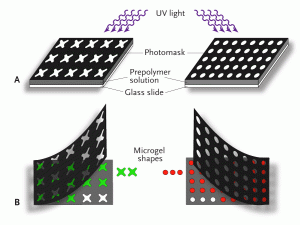
The lecture today showed us how to “imagine the impossible.” We saw ideas for futuristic cars, virtual medicine, and new cell phones. This lecture was one of the best in that it helped us visualize how to push the limits of our current knowledge and to dream of things that may potentially better our lives in the future.
When I went to Wired NextFest last year, I played a mind game called “Brain Ball.” The objective of this two-player game is to try to get a ball to pass through your opponents’ goal on the other side. Sounds simple enough, right? The problem is that you must do this only by using your brain activity. A strap around the forehead that contains electrodes measures each player’s electrical activity. This information is displayed on a graph for everyone to see. It was so fun! I look forward to owning this game in the future.

http://chemistry.about.com/od/demonstrationsexperiments/ss/liquidmagnet.htm
http://www.mindmodulations.com/mindmods/products/buzz-aldrin-plays-brainball-at-wireds-nextfest.html
http://www.infras.com/Tutorial/sld005.htm


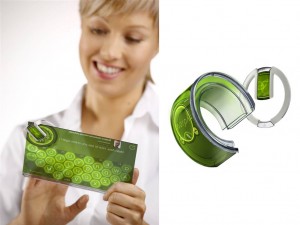 was really cool because it completely revolved around nanotechnology and it gave me an idea for a possible product maybe something that I’ll just throw out there. I think it would be really cool if families in developing countries could be supplied with some sort of durable computer with “sense technology” such as
was really cool because it completely revolved around nanotechnology and it gave me an idea for a possible product maybe something that I’ll just throw out there. I think it would be really cool if families in developing countries could be supplied with some sort of durable computer with “sense technology” such as 


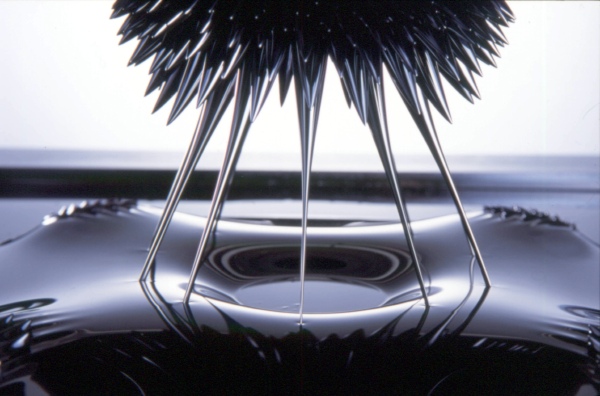
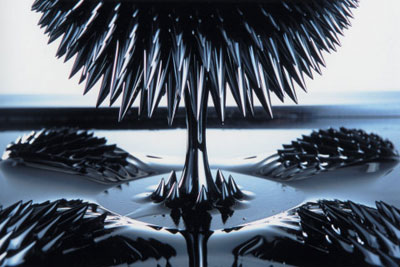 .
. seems completely ridiculous but maybe we can easily construct cars and other technology using ferrfluids.
seems completely ridiculous but maybe we can easily construct cars and other technology using ferrfluids.

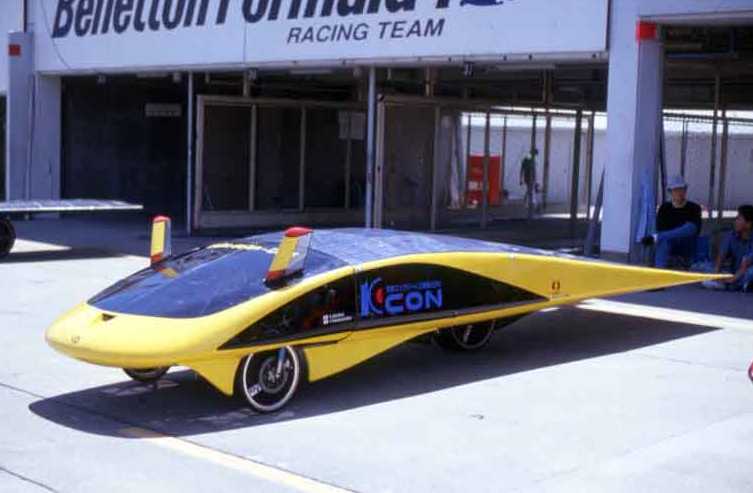



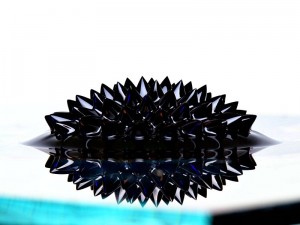 Ferrofluid is a liquid that becomes polarized in the presence of a magnet or a magnetic field. When it is magnetized, it will usually become cone-like prongs that shoot up from the surface of the liquid. Since a person can magnetize ferrofluid and make it stick up, it is known as a “liquid metal”. You can make ferrofluid by mixing iron dichloride, iron trichloride, and ammonium hydroxide. After that, we had to drain the water from the solution three times. From there, we used the magnet to make the spikes
Ferrofluid is a liquid that becomes polarized in the presence of a magnet or a magnetic field. When it is magnetized, it will usually become cone-like prongs that shoot up from the surface of the liquid. Since a person can magnetize ferrofluid and make it stick up, it is known as a “liquid metal”. You can make ferrofluid by mixing iron dichloride, iron trichloride, and ammonium hydroxide. After that, we had to drain the water from the solution three times. From there, we used the magnet to make the spikes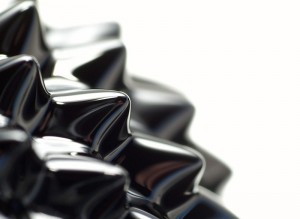 propel from the liquid surface. However, there is a large problem with ferrofluids, which is making the actual liquid. Making ferrofluid is like baking a cake or something; it takes patience and precision. If one screws up with measurements or mixes the chemicals together slowly, then the fluid will not stick up, which occurred to my group today, unfortunately. But it doesn’t matter because I got to see everyone’s ferrofluid. The ferrofluid lab today reminded me of what a counselor told us earlier this week. The counselor told us that nanoparticles have certain properties that are unexplainable and incomprehensible. Some would say that these properties seem to break the laws of physics.
propel from the liquid surface. However, there is a large problem with ferrofluids, which is making the actual liquid. Making ferrofluid is like baking a cake or something; it takes patience and precision. If one screws up with measurements or mixes the chemicals together slowly, then the fluid will not stick up, which occurred to my group today, unfortunately. But it doesn’t matter because I got to see everyone’s ferrofluid. The ferrofluid lab today reminded me of what a counselor told us earlier this week. The counselor told us that nanoparticles have certain properties that are unexplainable and incomprehensible. Some would say that these properties seem to break the laws of physics.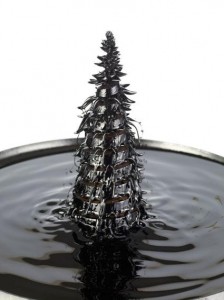
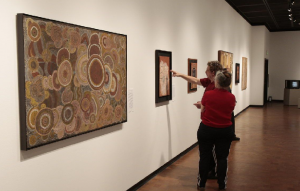
 I was amazed at how people could hand construct all that; it seems so complicated. I was glad to clear up what exactly plasma, the fourth state of matter, is (how it becomes plasma when the electrons separate and atoms can no longer form at such intense heat), and what is is used for (which is a lot of things: electronics, as a semiconductor, possibly for energy through
I was amazed at how people could hand construct all that; it seems so complicated. I was glad to clear up what exactly plasma, the fourth state of matter, is (how it becomes plasma when the electrons separate and atoms can no longer form at such intense heat), and what is is used for (which is a lot of things: electronics, as a semiconductor, possibly for energy through 

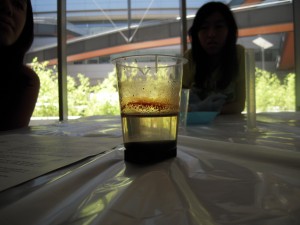 I think that if we let it separate longer we might have had better results. Observing the ferrofluid made me wonder what kind of things this technology is used for today and what it could lead to in the future. Because of its relation to magnetic one day it might be a common material or used in equipment.
I think that if we let it separate longer we might have had better results. Observing the ferrofluid made me wonder what kind of things this technology is used for today and what it could lead to in the future. Because of its relation to magnetic one day it might be a common material or used in equipment.